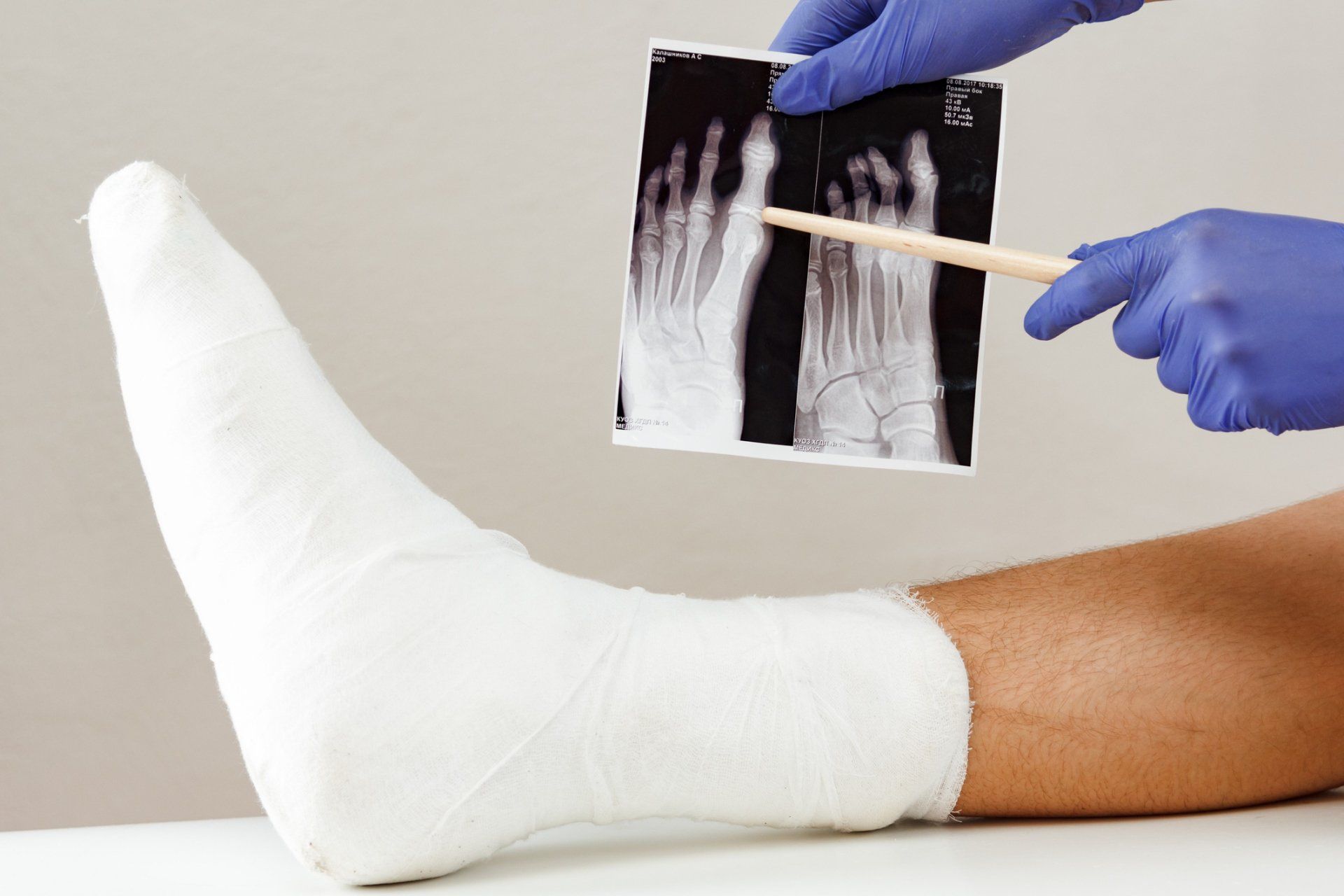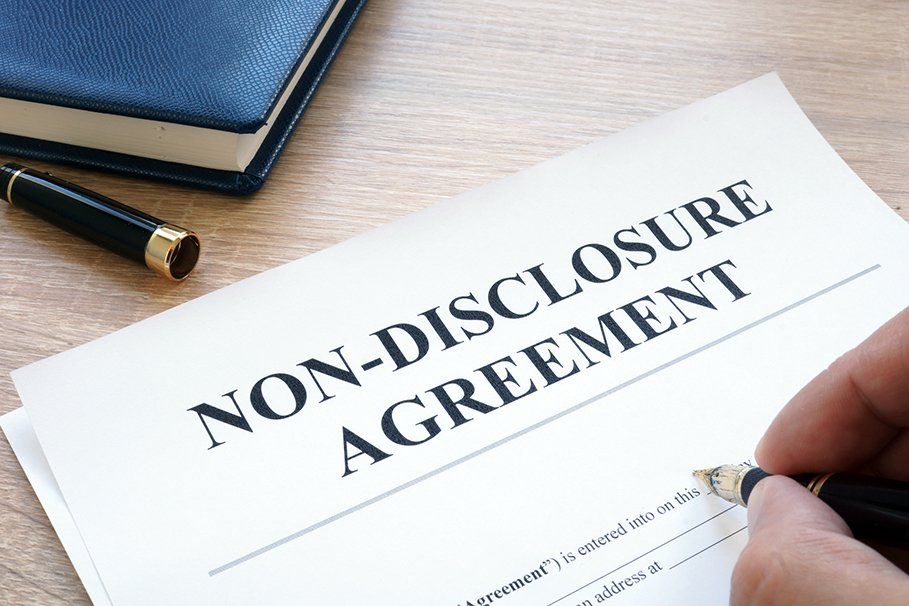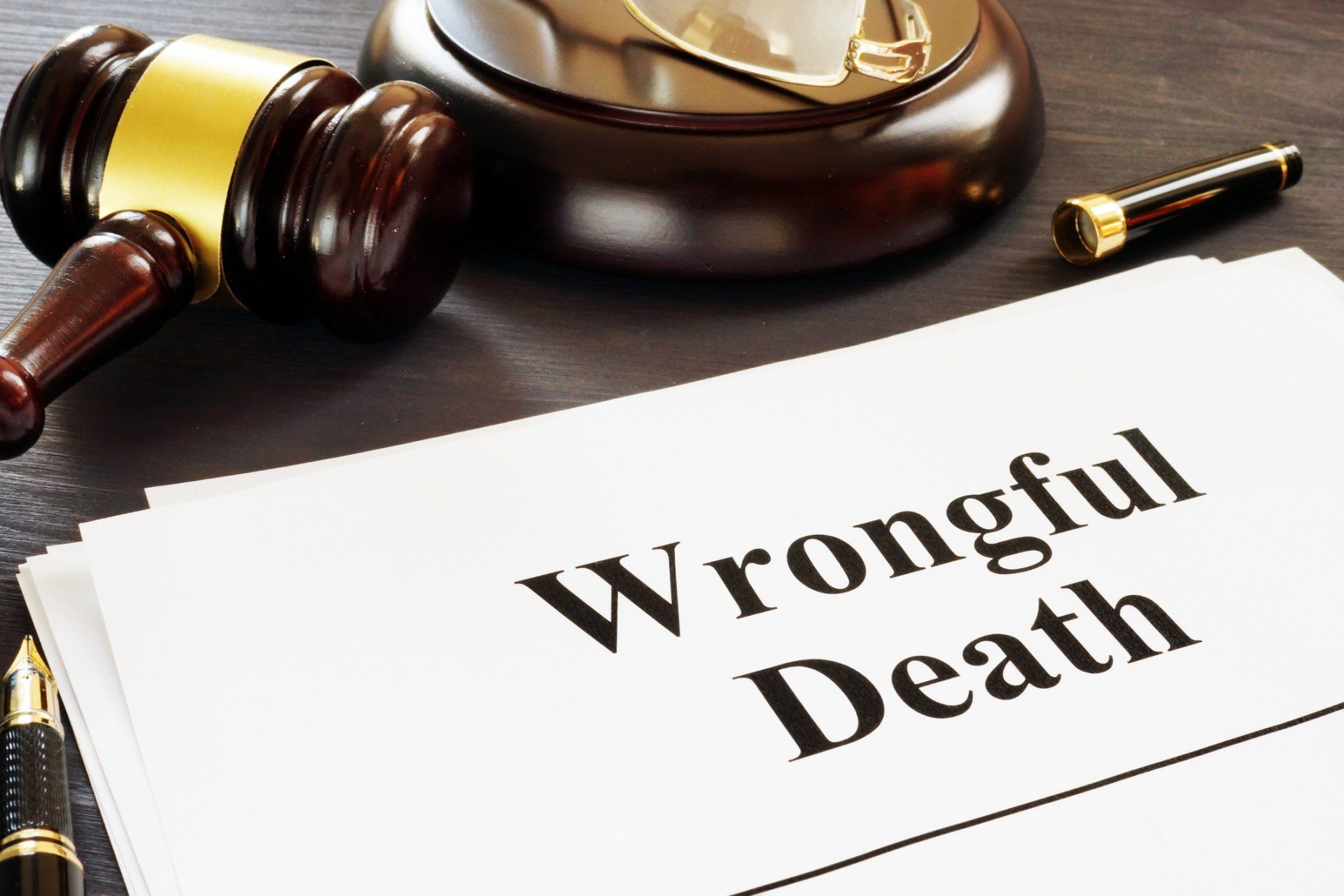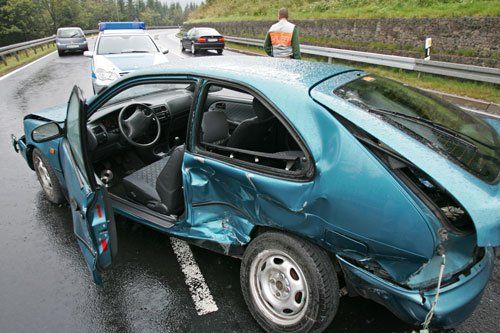Overview of Filing a Wrongful Death Lawsuit
- By websitebuilder@thryv.com
- •
- 11 May, 2018
- •

No one wants to think about death occurring in their family. Unfortunately, deaths do happen. When they do, the remaining family members are not only grieving but also likely in a bad financial situation. However, if the death of their loved one was the result of negligence or intent to do harm, the survivors may have a case for a wrongful death lawsuit.
Intent
Under California law, survivors can file a wrongful death lawsuit if said death was the result of a wrongful act. Naturally, murder falls under this umbrella. Manslaughter and other reckless acts can fall under this umbrella too. However, acts that fall under justifiable homicide, such as killing in selfdefense, do not fall under this umbrella.
Insurance companies don't cover deaths that are the result of a wrongful act. Therefore, these types of claims are rare unless the defendant has the means for a substantial payout.
Insurance companies don't cover deaths that are the result of a wrongful act. Therefore, these types of claims are rare unless the defendant has the means for a substantial payout.
Negligence
Survivors far more frequently file lawsuits for deaths that result from negligent acts. Typically, these negligent acts involve one or more of the following:
- Unsafe working conditions
- Medical malpractice
- Negligent driving
- Unsafe products
- Toxic substances
For example, survivors can file a wrongful death lawsuit if the decedent fell victim to a defective machine or tainted food. In most of these cases, survivors are suing a company, such as a restaurant or manufacturer. Naturally, in cases of negligent driving and medical malpractice, the defendant is the person who committed the negligent act.
Eligibility
The immediate family is always eligible to file a wrongful death suit, including spouses or domestic partners and children. Grandchildren and surviving spouses of the decedent's children can also file in the state of California. If there is some doubt about the validity of the marriage, the surviving spouse of the decedent must prove good faith.
Minor children are eligible to file wrongful death lawsuits only in certain cases. For example, if the parents' union had been dissolved, minors may still file a wrongful death lawsuit if they were living in the decedent's household for at least 180 days leading up to their death. Said minor also has to have been at least half dependent on the decedent for support.
Minor children are eligible to file wrongful death lawsuits only in certain cases. For example, if the parents' union had been dissolved, minors may still file a wrongful death lawsuit if they were living in the decedent's household for at least 180 days leading up to their death. Said minor also has to have been at least half dependent on the decedent for support.
Statute of Limitations
Survivors don't have unlimited time to file a wrongful death lawsuit. In fact, they have two years from the time of discovery, or when the survivors discovered the cause of the decedent's death.
The discovery rule can get quite involved. For example, if the decedent died as a result of a derivative action - injuries for which the decedent could have legally filed a personal injury claim - the wrongful death suit may be null and void.
Likewise, the decedent's knowledge of impending death can affect the statute of limitations. For instance, if the decedent was dying from mesothelioma caused by exposure to asbestos, the discovery rule may go into effect before the decedent even dies.
The discovery rule can get quite involved. For example, if the decedent died as a result of a derivative action - injuries for which the decedent could have legally filed a personal injury claim - the wrongful death suit may be null and void.
Likewise, the decedent's knowledge of impending death can affect the statute of limitations. For instance, if the decedent was dying from mesothelioma caused by exposure to asbestos, the discovery rule may go into effect before the decedent even dies.
Damages
When survivors file a wrongful death suit, they're attempting to recuperate financial compensation for economic and non-economic damages.
Economic damages are somewhat obvious, consisting of financial contributions expected from the decedents if they'd lived. These contributions include expected earnings and benefits. They can also include the value of any goods are services the decedent would have provided. Economic damages also cover the cost of medical and funeral expenses.
Non-economic damages refer to the intangibles the decedents would have provided if they'd lived. These include care and protection, especially for minors. Mental anguish and suffering that the survivors feel also fall under non-economic damages.
Gathering evidence for a wrongful death lawsuit may seem simple. However, such lawsuits are very involved and need to be dealt with during an already stressful time in your life. Don't try to deal with the burden on your own - contact us at Richard D. Hoffman Law Offices for help with a wrongful death lawsuit.
Economic damages are somewhat obvious, consisting of financial contributions expected from the decedents if they'd lived. These contributions include expected earnings and benefits. They can also include the value of any goods are services the decedent would have provided. Economic damages also cover the cost of medical and funeral expenses.
Non-economic damages refer to the intangibles the decedents would have provided if they'd lived. These include care and protection, especially for minors. Mental anguish and suffering that the survivors feel also fall under non-economic damages.
Gathering evidence for a wrongful death lawsuit may seem simple. However, such lawsuits are very involved and need to be dealt with during an already stressful time in your life. Don't try to deal with the burden on your own - contact us at Richard D. Hoffman Law Offices for help with a wrongful death lawsuit.

If you live in the city and the times of day you drive coincide with the times of day many others are also on the road, then you're going to be on the road during rush hour.
Automobile accident fatalities are significantly higher during evening rush hour traffic. If you have obligations that cause you to be on the road during rush hour traffic, then you should take some of the advice offered below to help decrease your chance of being involved in an accident.

If you think serious personal injuries only happen on the road or in dangerous places like amusement parks, think again. Many personal injuries occur at the places people often visit — for instance, at your local grocery store.
If you haven't considered the hidden dangers that can lurk in a grocery store, keep reading. We overview some of the most common personal injuries that occur in grocery stores and explain when and why you can hold the store responsible for your accident.







